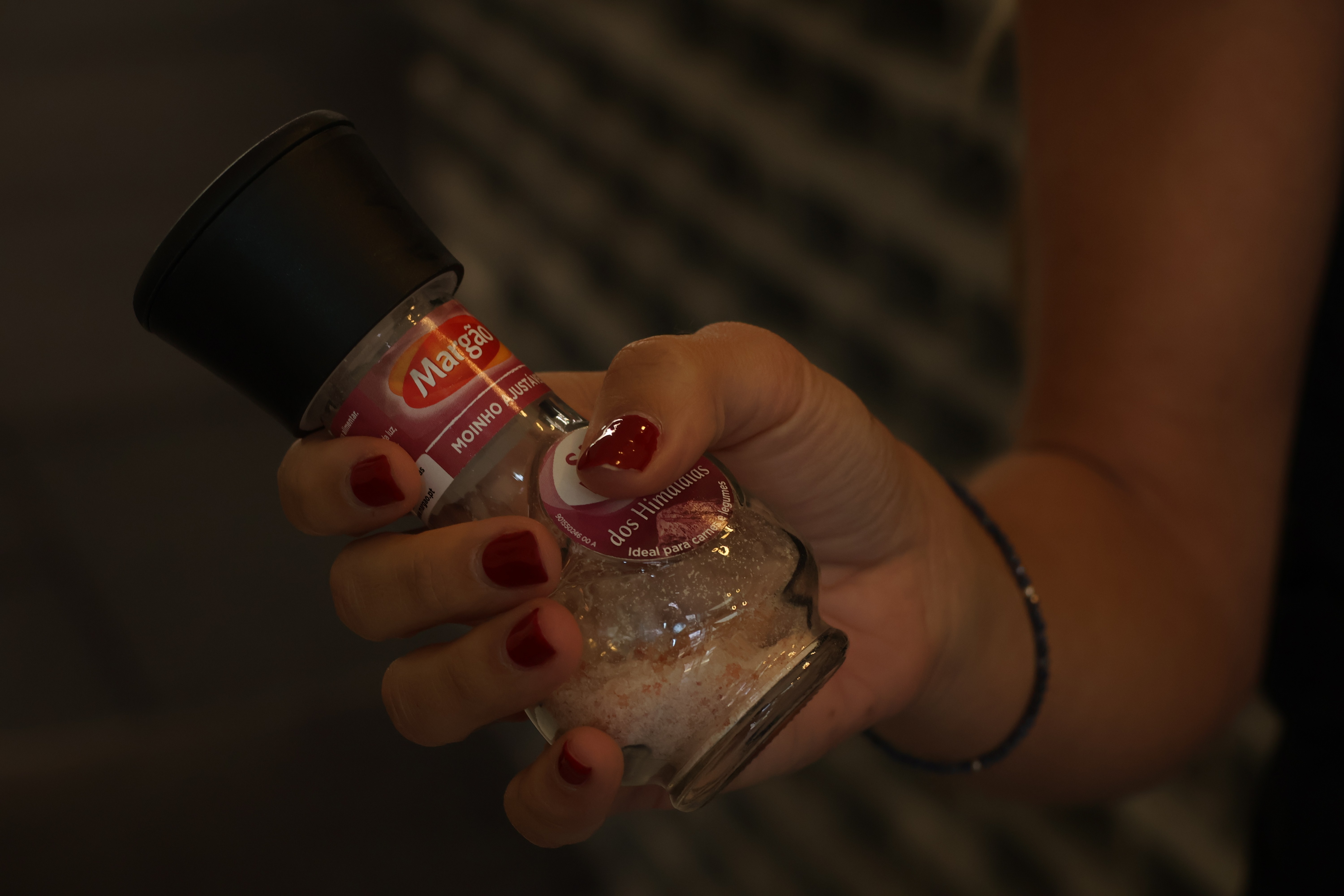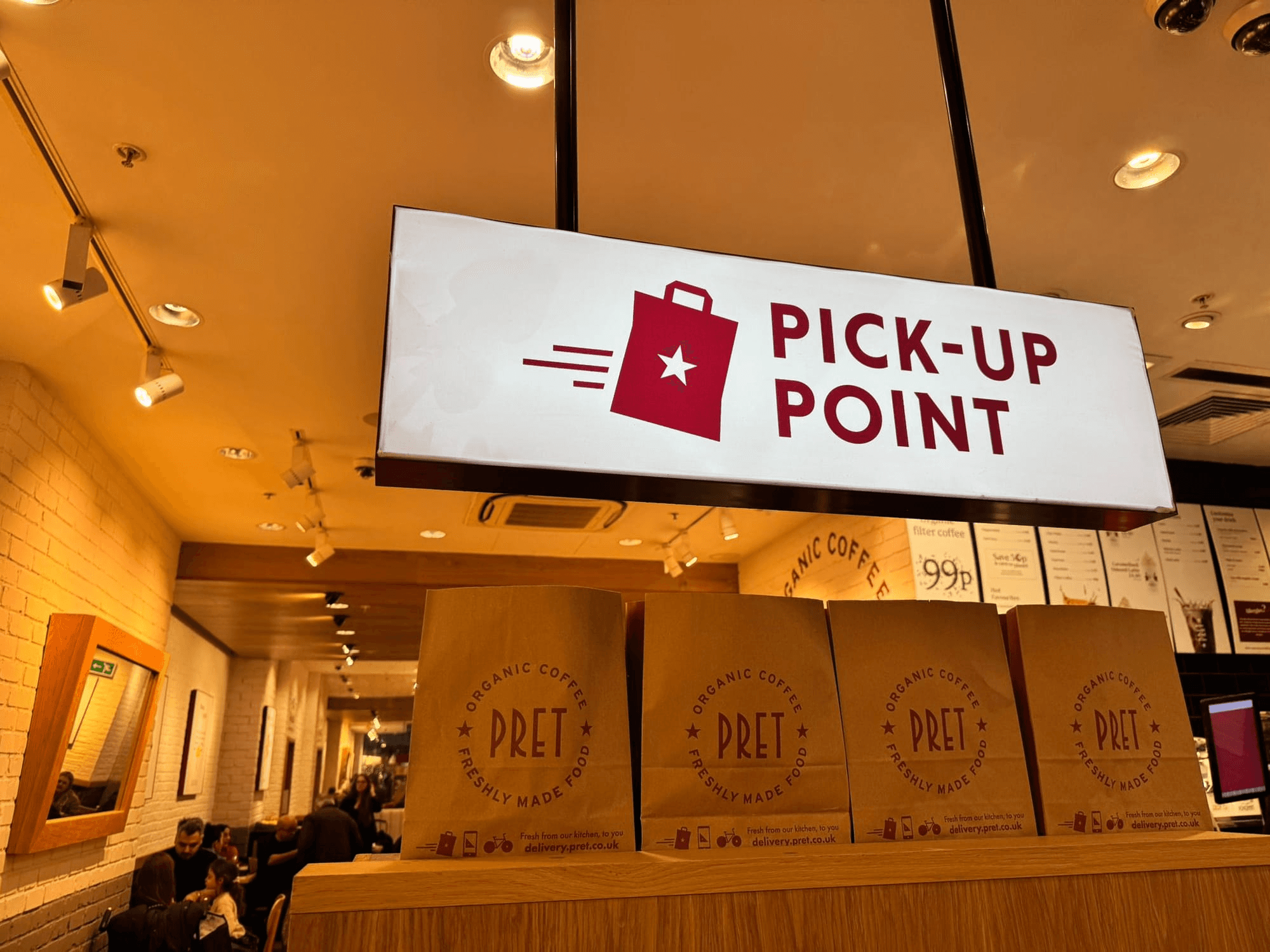4
min read
“Cooking real food takes too long”
“I have to leave in 15 minutes, I don’t have time to eat breakfast”
“Let’s order dinner, we’re going to be home late”
“I DON’T HAVE TIME”
Our health is our foundation and should be our number one priority - without it, we can’t perform our best. That’s a fact.
We all have the same 24 hours in a day and we’re here to tell you it can be done - you can have it all. It all boils down to prioritization, preparation and efficiency. If you have time to flick through social media or watch TV, you have time for good nutrition. Done properly, you can even save time.
There’s two ways to approach it - cooking (the best option) and ordering (meal prep services, Uber Eats and restaurants) when there’s a lot less time.
Cooking
Cooking your meals in advance is known as meal prep - this tends to be done either once or twice per week - depending on how much time you have available and how much you value freshness.
This is the best option for your health because you’re in full control of your meals - you know exactly what goes into it, meaning that you can cook exactly to your meal plan to get the right amount of calories and macronutrients, helping you perform your best and achieve your objective faster.
Here are some other benefits of meal prepping:
You will save a lot of time - instead of cooking several times per week, you will cook just once or twice. With a shopping list, you’ll be much more efficient in the supermarket. And finally, there’s less tidying up afterwards
Reduce decision fatigue by not having to think about what to eat and buy at the supermarket. This frees up your mind and reducing the chance of making bad decisions
Better portion control leads to better results. This also leads to less waste, which makes it better for the environment and your wallet.
Here’s a step-by-step guide on how you can start preparing for your next week:
Check the ingredients you have at home
This will help you avoid waste and plan based on what you already have available.
Make a meal plan
Take a seat and think ahead for the next week. Ask yourself:
What should I have for breakfast, lunch and dinner?
Am I going to be eating out this week? When?
What healthy snacks should I have on hand?
Then:
Protein: Choose two/three sources, such as chicken, salmon, turkey, tofu etc
Carbohydrates: Choose two sources, such as rice, quinoa, sweet potato etc
Vegetables: Go with what you like and try to diversify - think about different colors (it makes it more enjoyable), for example broccoli, spinach, tomatoes, carrots, cucumber etc
Remember that it’s good consistently that delivers great results. Find a balance between efficiency and taste, so you can stick to it long-term.
Make a Shopping List
After making the meal plan it’s time to do the shopping list. You already know what you have, so write down what’s missing and organize it by sectors (butchery, dairy, fruits and vegetables) to make shopping more efficient.
Bonus tip: Eat something before going shopping, it will help you avoid giving in to snacks you don’t actually need.
Cook in advance
Set some time to cook ahead - this will save you a lot of time, when compared to cooking every day.
Ordering
There are a few ways that we can order:
A dedicated meal prep service
There are dedicated meal prep services that cut out all the cooking - they’ll send a delivery to your home or office.
These tend to either be:
Personalized to your required calories and macronutrients to achieve your objective
A generic healthy meal
The first option is more expensive but you’ll have everything you need. For some of our clients that are looking to save a bit of money, we’ll suggest which generic healthy meals to order for lunch and dinner and then fit their breakfast and snacks around it so that it fits within their calories and macronutrient requirements. This helps them achieve the exact same objective, while saving costs. This could be an option for you to do too.
Uber Eats (and alternatives)
While this option is not as safe as the meal prep services, you can still have good results if you know what to pick.
Life doesn’t always go to plan. If you order takeout, we recommend having a backup plan. Think about which places you visit regularly, such as home or the office and make a document with safe options from services like Uber Eats.
Aim to:
Select options that closely match your meal plan
Safe options often include personalized Poké Bowls, Salads and Grilled/Barbeque meals
Ask to remove sauces (or at least to put them on the side, so you can dictate the portion)
Restaurants
Restaurants are where it gets trickier.
Follow the strategies above and consider:
Finding a few restaurants around areas that you frequent that you know have healthy options
Looking ahead at the menu so you arrive with a plan - it’s easy to go off-track when you’re with others
Conclusion
Eating healthier doesn’t happen by accident. It requires advanced thought and once you’ve put in the preparation, it becomes a lot easier and you’ll quickly get into the hang of things!
If you want help setting up the right systems for your lifestyle to save time, eat healthier and perform your best, book a free call with us here.













